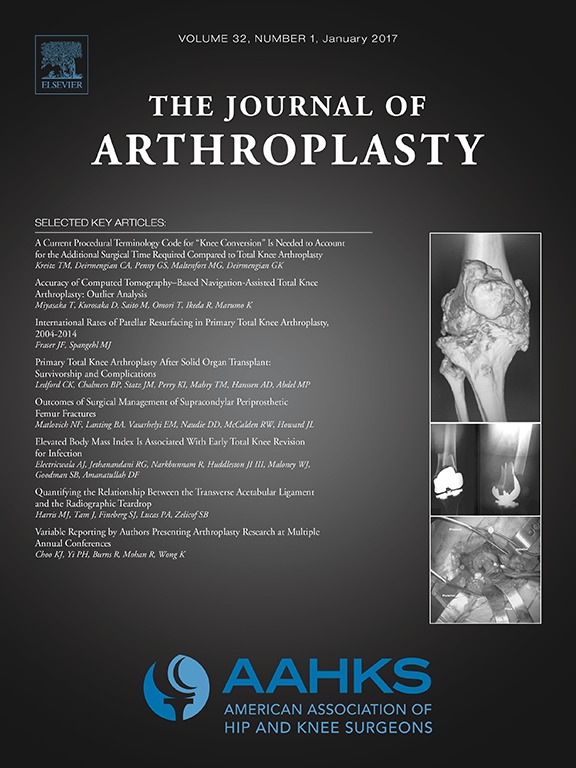
Vancomycin Versus Cefazolin in the Prevention of Surgical Site Infections Following TKA

Vancomycin Versus Cefazolin in the Prevention of Surgical Site Infections Following TKA
Is Topical Vancomycin an Option? A Randomized Controlled Trial to Determine the Safety of the Topical Use of Vancomycin Powder in Preventing Postoperative Infections in Total Knee Arthroplasty, as Compared With Standard Postoperative Antibiotics.
J Arthroplasty . 2023 Aug;38(8):1597-1601.e1.Synopsis
165 patients undergoing total knee arthroplasty were randomized to receive either vancomycin (n=80) or cefazolin (n=85). The primary outcome of this trial was the incidence of surgical site infections (SSI) after 42 postoperative days. Secondary outcomes of interest include length of stay, the incidence of postoperative myocardial infarction (MI), pulmonary embolism (PE), urinary tract infection, ...
To view the full content, login to your account,
or start your 30-day FREE Trial today.
FREE TRIAL
LOGIN
Forgot Password?
Explore some of our unlocked ACE Reports below!

Learn about our AI Driven
High Impact Search Feature
Our AI driven High Impact metric calculates the impact an article will have by considering both the publishing journal and the content of the article itself. Built using the latest advances in natural language processing, OE High Impact predicts an article’s future number of citations better than impact factor alone.
Continue



 LOGIN
LOGIN

Join the Conversation
Please Login or Join to leave comments.